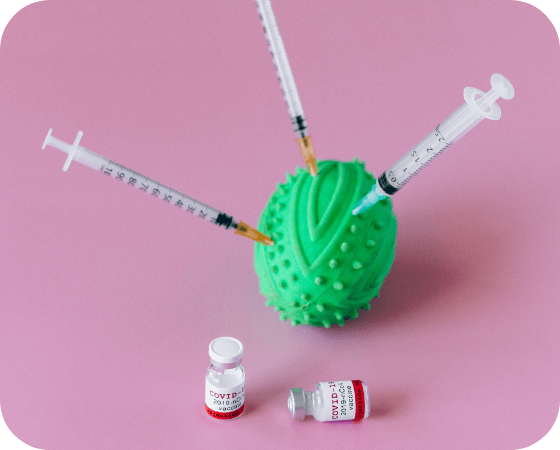Moderna Says Updated Vaccine Effective against Omicron Subvariants
Moderna announced on Wednesday that an updated version of its COVID-19 vaccine provides strong protection against a symptomatic infection of the Omicron subvariants BA.4 and BA.5, which are rapidly spreading worldwide. The updated vaccine candidate is bivalent, meaning it targets both the original version of COVID-19 and the Omicron variant. The World Health Organization (WHO) labeled BA.4 and BA.5 as “variants of concern” as they are better able to evade immune defenses from previous infections and the current available vaccines. Moderna is currently manufacturing the bivalent vaccine doses with the hope that they could be employed as a booster in the fall and winter, when experts say COVID-19 cases could spike.
Administration Approves Waiver to Expand Insurance Options in Colorado
Up to 10,000 people in Colorado will soon have access to lower health insurance premiums, according to the Section 1332 Innovation Waiver that the Biden administration approved on Thursday. The Department of Health and Human Services (HHS) estimates that a combination of additional federal funding and more competition between insurers will allow the Colorado Option to lower premiums by 15% for individuals, families, and small businesses by 2025. Colorado is also working to establish premium reduction targets for insurers as a way of attracting new consumers to the state’s individual marketplace. Of note, Centers for Medicare and Medicaid Services (CMS) Administrator Chiquita Brooks-LaSure urged Congress to pass legislation that extends the Affordable Care Act (ACA) premium tax subsidies during a press call on the waiver’s approval.
House Passes Bill to Authorize New Biomedical Research Agency
The House passed (336-85) an amended bill to establish the Advanced Research Projects Agency for Health (ARPA-H) as a new biomedical research agency on Wednesday evening. While the Fiscal Year (FY) 2022 omnibus provided $1 billion in funding for the new agency, separate authorizing legislation is required to fill in key details on the structure and organization of ARPA-H. Notably, the legislation establishes ARPA-H as an independent agency within HHS, which differs from the administration’s preference of housing the new agency within the National Institutes of Health (NIH). To ensure bipartisan support, key amendments to the original legislation include capping administrative costs at 15%, limiting the number of program offices to six in order to address concerns over “mission creep,” and the removal of the requirement that the ARPA-H director be confirmed by the Senate. While members of both parties are eager to make ARPA-H a reality, it remains unclear when the Senate will vote on authorizing legislation.
Senate Passes Gun Safety Legislation
On Thursday night, the Senate approved bipartisan gun safety legislation by a 65-33 vote, clearing the way for a vote in the House later today. Known as the Bipartisan Safer Communities Act, the bill expands background checks on gun buyers 21 and younger to include their mental health and juvenile justice records. It would also expand current law to prevent people from buying guys if they have previously abused a current or former romantic partner and incentivize states to create laws to seize guns from people who are deemed a danger to the community. Additionally, the measure includes millions of dollars for mental health, school safety, and crisis intervention programs.
ICYMI: Smithsonian Selects 4 Possible Sites for New Museums
The Smithsonian has narrowed down its choices to four possible locations for the future National Museum of the American Latino and the Smithsonian American Women’s History Museum. These four site locations include the Arts and Industries Building, a section of undeveloped land north of the Reflecting Pool, an undeveloped lot next to the National Museum of African American History and Culture, and an undeveloped section of land along Maine Avenue SW and the Tidal Basin. To decide on a final location for each museum, all four sites will go through an evaluation process to determine environmental impact, accessibility, and other factors.

